The ACP power annual market reports for 2023 shows a drastic increase in clean energy power prodution in the United States of America.
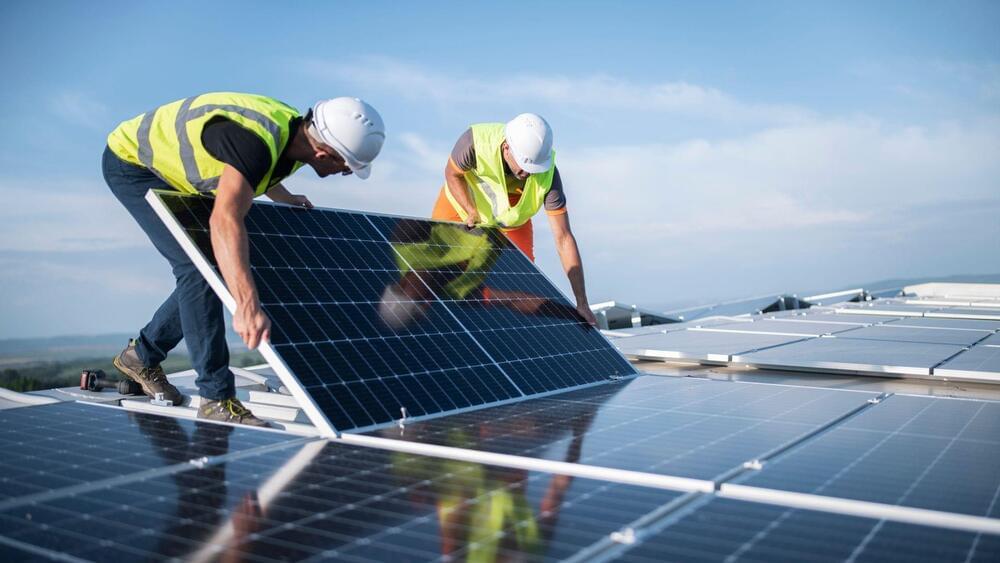


“But in the process, we also made a major finding: that hydrovoltaic devices can operate over a wide range of salinities, contradicting prior understanding that highly purified water was required for best performance.”
The process can generate power around the clock since evaporation occurs at various temperatures and even at night. The process also occurs across humidities, making it suitable for use across the planet, irrespective of location.
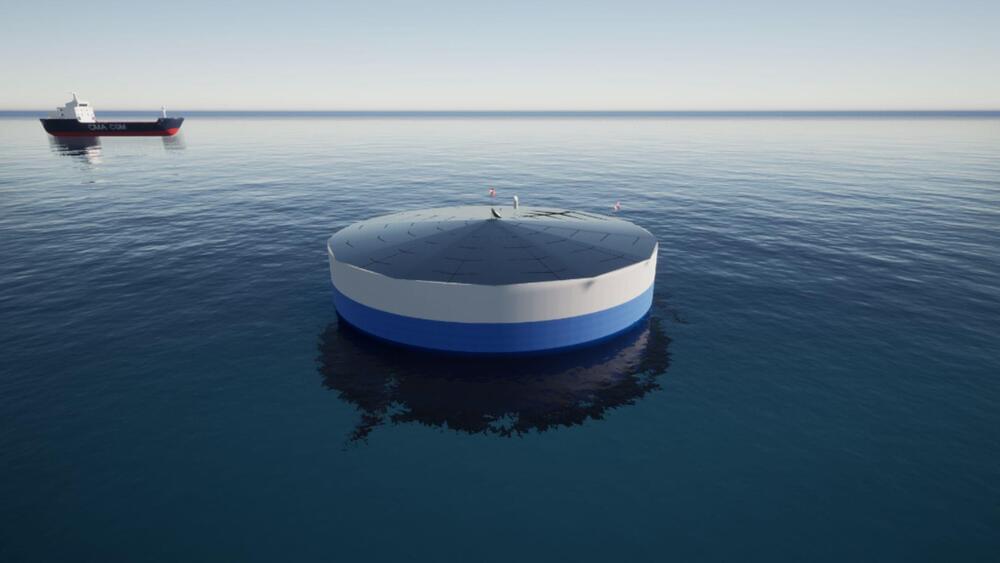
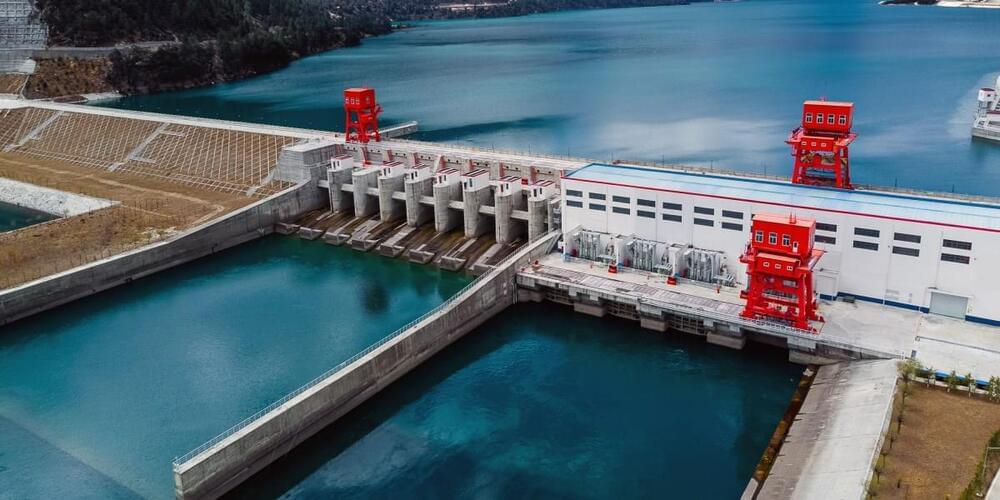
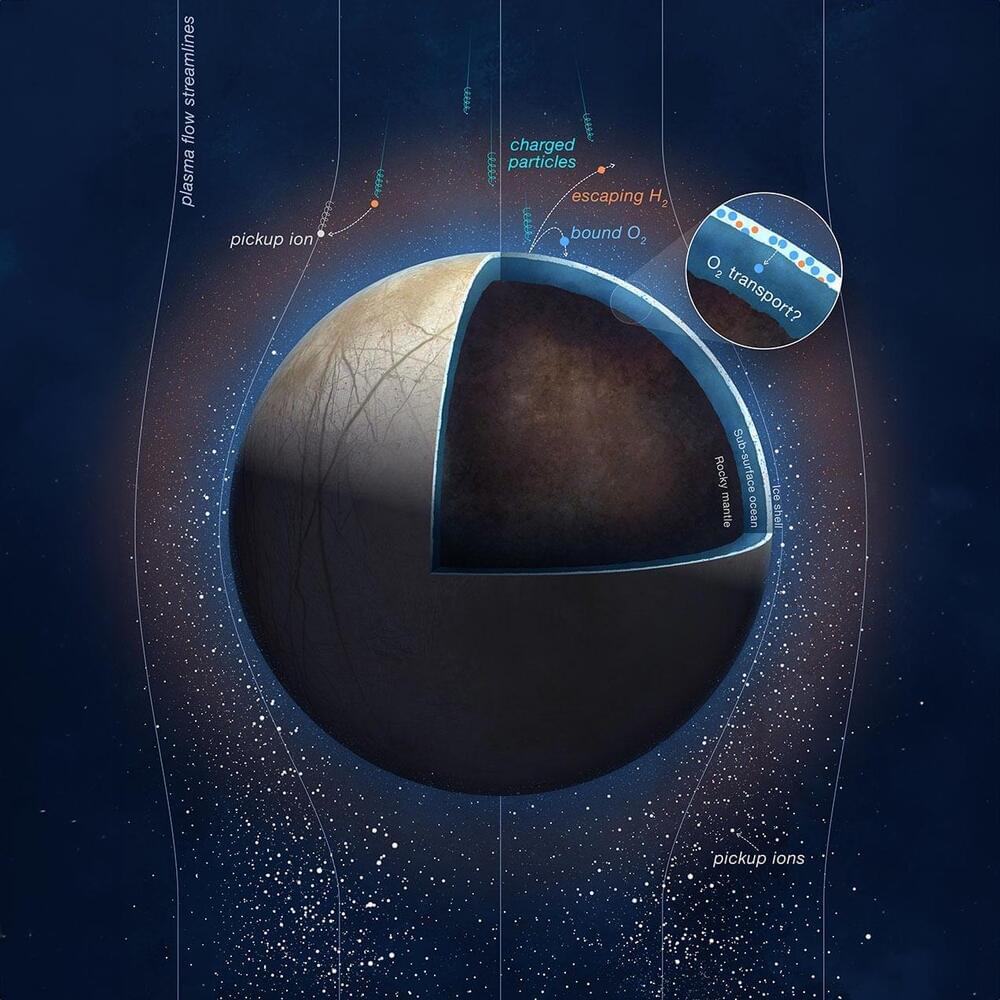
The ice-covered Jovian moon generates 1,000 tons of oxygen every 24 hours – enough to keep a million humans breathing for a day.
Scientists with NASA ’s Juno mission to Jupiter have calculated the rate of oxygen being produced at the Jovian moon Europa to be substantially less than most previous studies. Published on March 4 in Nature Astronomy, the findings were derived by measuring hydrogen outgassing from the icy moon’s surface using data collected by the spacecraft’s Jovian Auroral Distributions Experiment (JADE) instrument.
The paper’s authors estimate the amount of oxygen produced to be around 26 pounds every second (12 kilograms per second). Previous estimates range from a few pounds to over 2,000 pounds per second (over 1,000 kilograms per second). Scientists believe that some of the oxygen produced in this manner could work its way into the moon’s subsurface ocean as a possible source of metabolic energy.
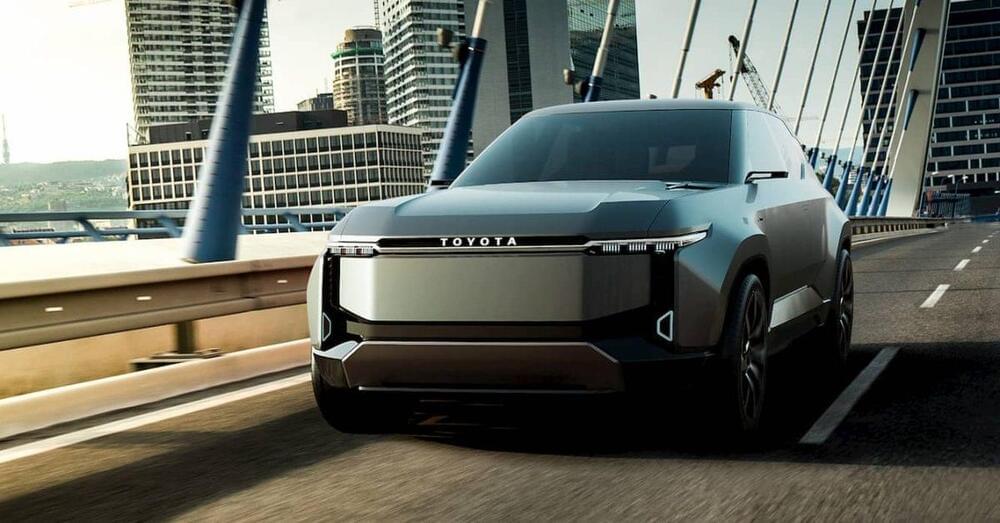
Toyota is boosting its ability to mass-produce “a wide variety” of EV batteries following an agreement with Panasonic to take full control of Primearth EV Energy (PEVE). The move will help Toyota respond to the growing demand for batteries.
The automaker agreed with Panasonic to make Primearth EV Energy a wholly owned subsidiary Tuesday.
Toyota said the acquisition will strengthen its ability to mass produce EV batteries. It is officially scheduled for later this month.
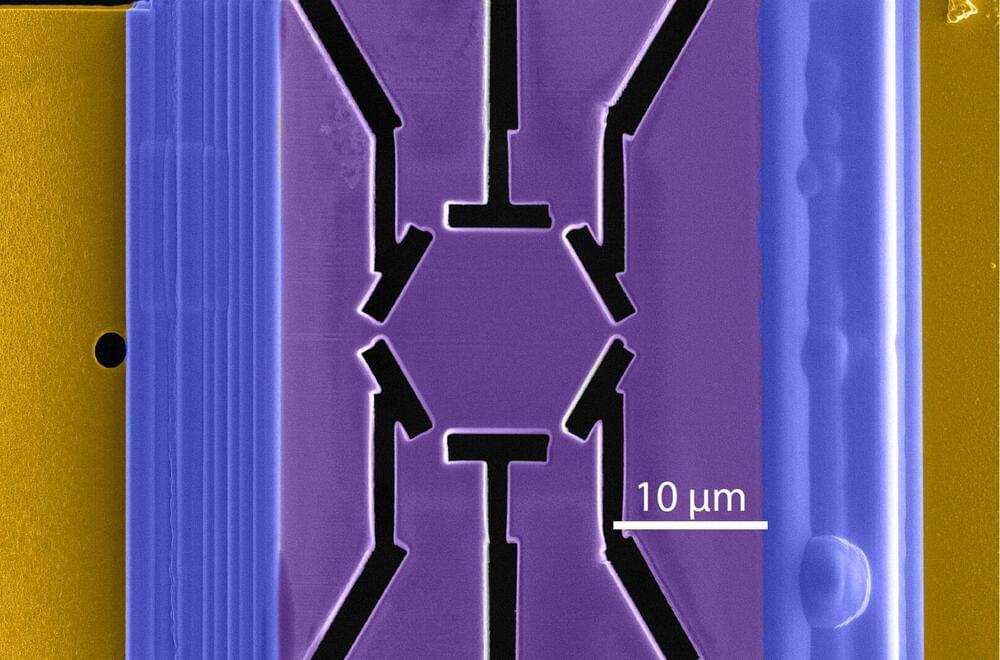
Playing a different soundtrack is, physically speaking, only a minute change of the vibration spectrum, yet its impact on a dance floor is dramatic. People long for this tiny trigger, and as a salsa changes to a tango completely different collective patterns emerge.
Electrons in metals tend to show only one behavior at zero temperature, when all kinetic energy is quenched. One needs to frustrate the electronic interaction to break the dominance of one particular electronic order and allow multiple possible configurations. Recent results published in Nature Physics on kagome nets suggest that this triangular lattice is quite effective at doing so.
Named after the Japanese bamboo-basket woven pattern, a two-dimensional (2D) kagome lattice is constructed by a series of corner-sharing triangles. When each corner is occupied with magnetic moments with antiferromagnetic correlations, the nearest-neighbor interactions favor anti-aligned spins.
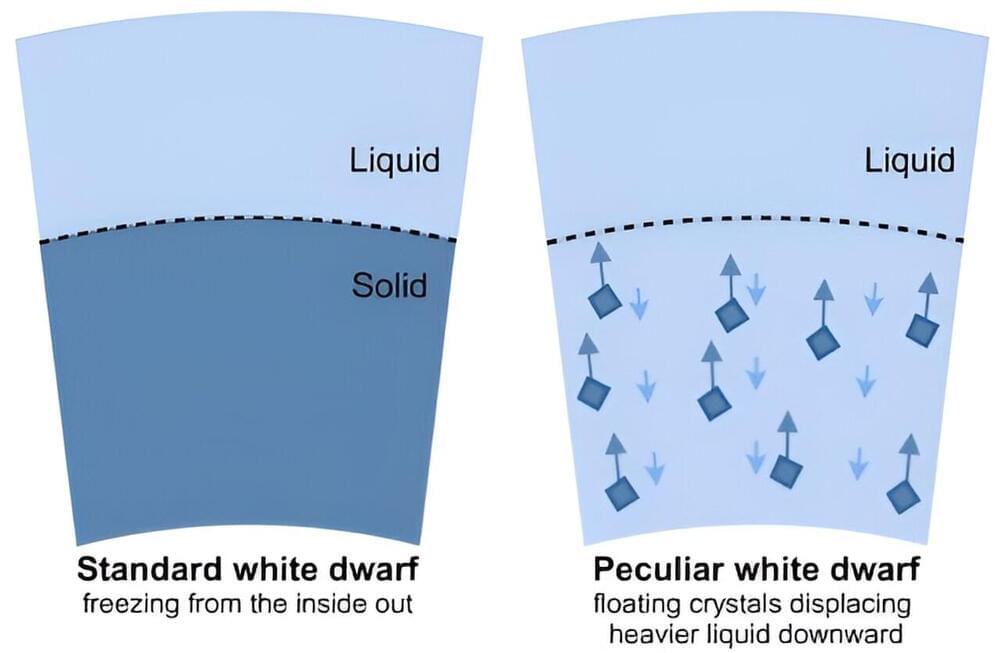
Scientists have revealed why some white dwarfs mysteriously stop cooling—changing ideas on just how old stars really are and what happens to them when they die.
White dwarf stars are universally believed to be ‘dead stars’ that continuously cool down over time. However, in 2019, data from the European Space Agency’s (ESA’s) Gaia satellite discovered a population of white dwarf stars that have stopped cooling for more than eight billion years. This suggested that some white dwarfs can generate significant extra energy, at odds with the classical ‘dead star’ picture, and astronomers initially were not sure how this could happen.
Today, new research published in Nature, led by Dr. Antoine Bédard from the University of Warwick and Dr. Simon Blouin from the University of Victoria (Canada), unveils the mechanism behind this baffling observation.
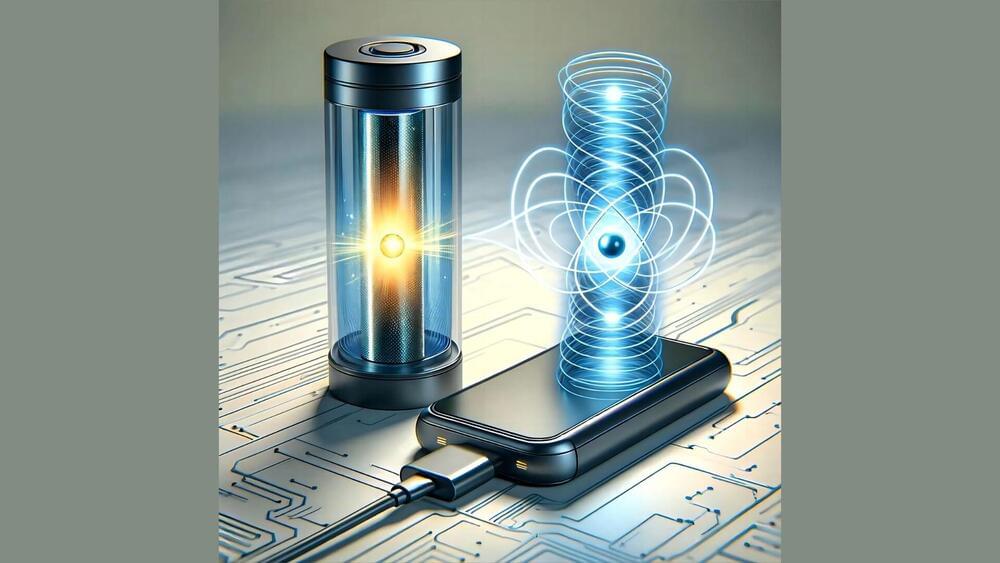
A new study by researchers at Lanzhou University and Hubei University proposes a quantum battery (QB) charging scheme based on a rectangular hollow metal waveguide. This approach allows them to overcome environment-induced decoherence and charging distance limitations. The findings are published in Physical Review Letters.
The demand and supply for batteries continue to grow with a focus on enhancing energy storage, longevity, and charging capabilities. On this front, scientists are now developing quantum batteries that leverage principles of quantum mechanics to store and supply energy.
The aim is to use fundamental principles of quantum mechanics such as entanglement and coherence to overcome the constraints of classical physics, thereby achieving stronger charging power, higher charging capacity, and larger work extraction compared to classical counterparts.

New phased-array transmitter design overcomes common problems of CMOS technology in the 300 GHz band, as reported by scientists from Tokyo Tech. Thanks to its remarkable area efficiency, low power consumption, and high data rate, the proposed transmitter could pave the way to many technological applications in the 300 GHz band, including body and cell monitoring, radar, 6G wireless communications, and terahertz sensors.
Today, most frequencies above the 250 GHz mark remain unallocated.
Accordingly, many researchers are developing 300 GHz transmitters/receivers to capitalize on the low atmospheric absorption at these frequencies, as well as the potential for extremely high data rates that comes with it.